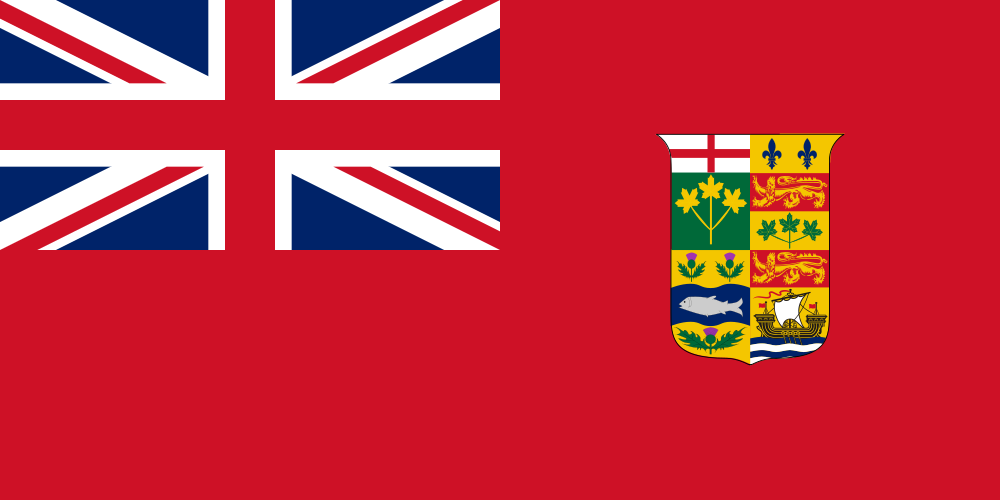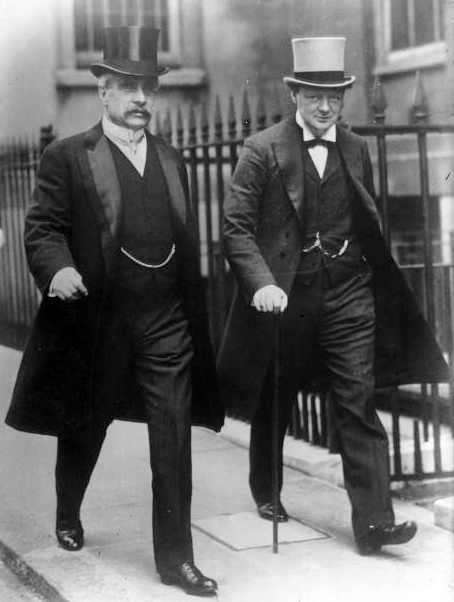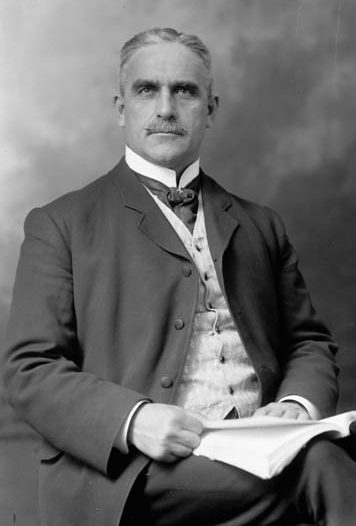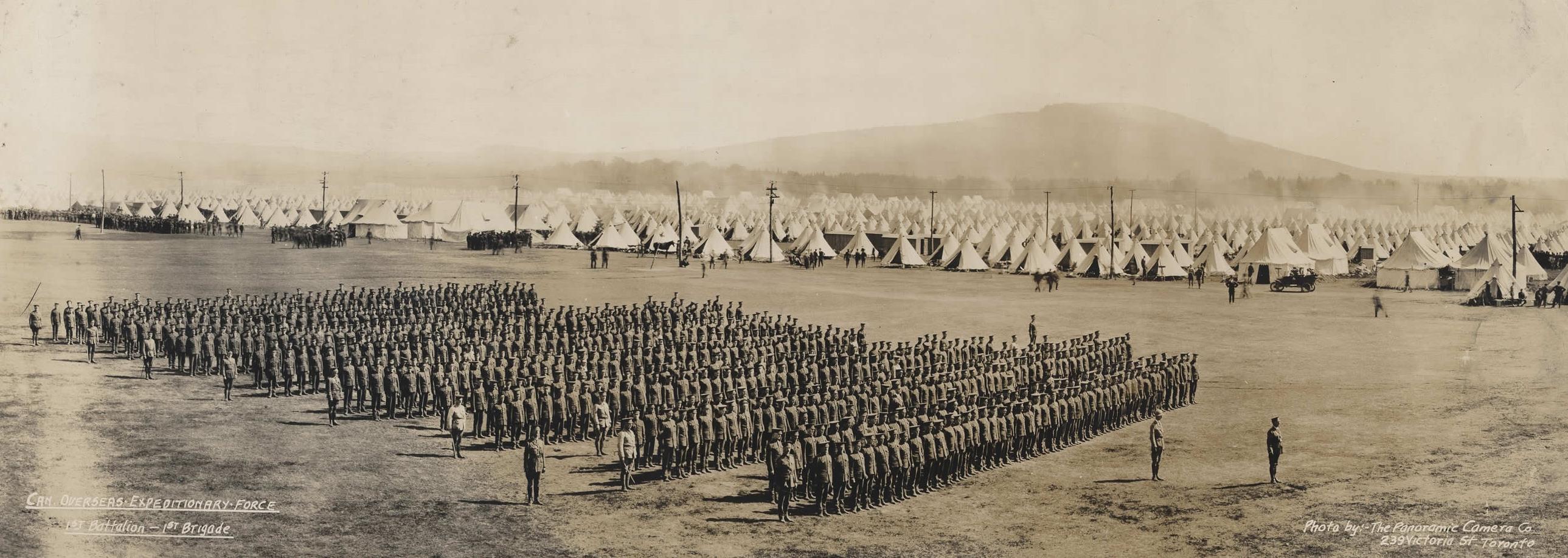The Great War Begins
Canada before the war
Facts
Canada was still a dominion of Britain, so when Britain declared war on Germany, Canada was at war also.
Canada possessed an “ornamental” military with some Canadian soldiers having experience from the 2nd Boer War in S. Africa (1899-1902).
Canada had 2 cruisers and 300 sailors.
Canada lacked a standing army, but had a militia of 3000 fighters and 700 horses.
Canada was an under-developed resource exporter. Is this different from today?
Demographics
In 1912, Canada had slightly more than 7 million inhabitants, half of which were younger than 25 years old. Also, for every 100 women, there were 113 men.
Montreal was the largest city (470 000), followed by #2- Toronto (375 000), and #3- Winnipeg (135 000). Saskatoon was 10th largest at 12 000.
The Canadian economy was experiencing a slow-down, so some felt that war would create jobs and bring money in.
By the end of the war, Canada had uniformed 619 000 men along with thousands of women and men in industry. This was roughly 7% of Canada’s population, a huge offering to British Expeditionary Forces and the Triple Entente (Britain, France, Russia).
Sam Hughes
Minister of Militia
Sam Hughes is a very controversial figure in Canadian history. Many French-Canadians of the early 1900’s already disliked him for his Anglo-centric views. He was veteran of the 2nd Boer War and he argued hard for the benefits of Canada sending a soldier contingent as support.
Sir Sam Hughes constructed a training camp at Valcartier, QC for military instruction of new recruits. However, he was disliked by soldiers because of his perceived ego and favoritism among the ranks.
Patronage led to the Ross Rifle scandal – the primary weapon given to new recruits that was hugely unreliable in the wet and muddy conditions that dominated the European battlefields (In 1916, after Hughes’ resignation, the Lee-Enfield rifle replaced the Ross amongst the Canadian forces). Read more here.
Hughes also fought against British military leaders who wanted to spread Canadian troops throughout British forces. His stubbornness paid off and the Canadians were kept together to fight as their own divisions. Some say that this opportunity stoked comraderie among the men, and the very challenging conditions strengthened Canada’s resolve as a nation moving into the future.
To learn more about the camp at Valcartier, Sam Hughes, and the training of Canadian troops, please view the following video titled: “Soldier Factory” (Courtesy of Royal Roads University).
Causes of the Great War
Militarism. Alliances. Imperialism. Nationalism. Industrialism. Assassination.
Opening Moves
Western Front Aug.3 to Oct.17, 1914. Schlieffen Plan. Race to the Sea. Stalemate. War at Sea.
Canada's Duty
Training. Somme. Ypres. Canada Contributes. Beaumont-Hamel. Danger Tree. Courcelette.
Great War Begins Quiz
Quiz: Causes of the War. Assassination. Attrition. Schlieffen Plan.






